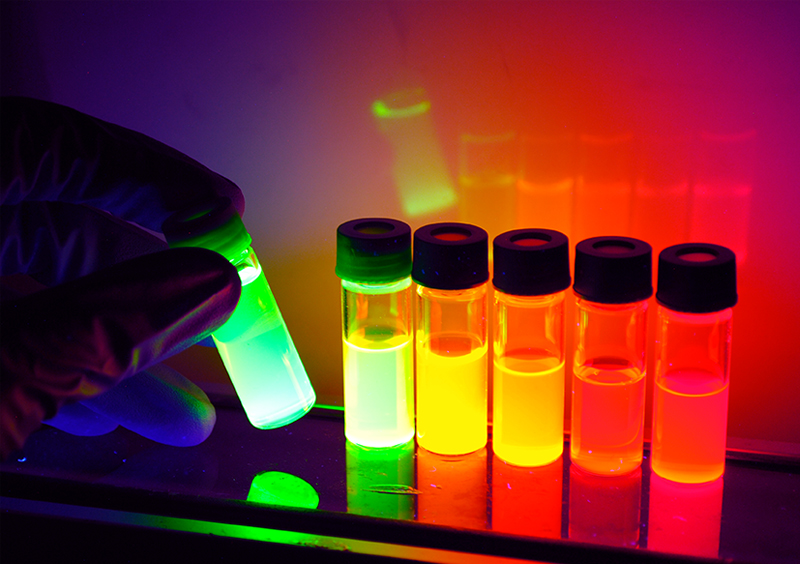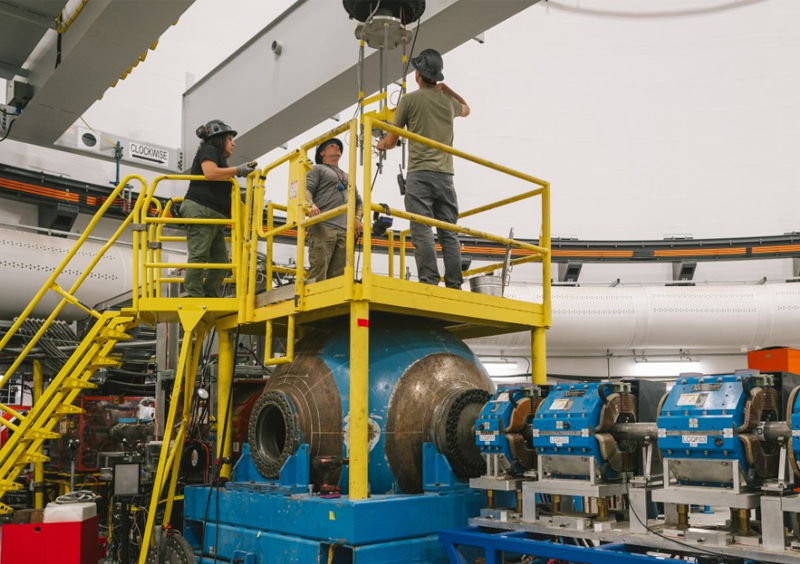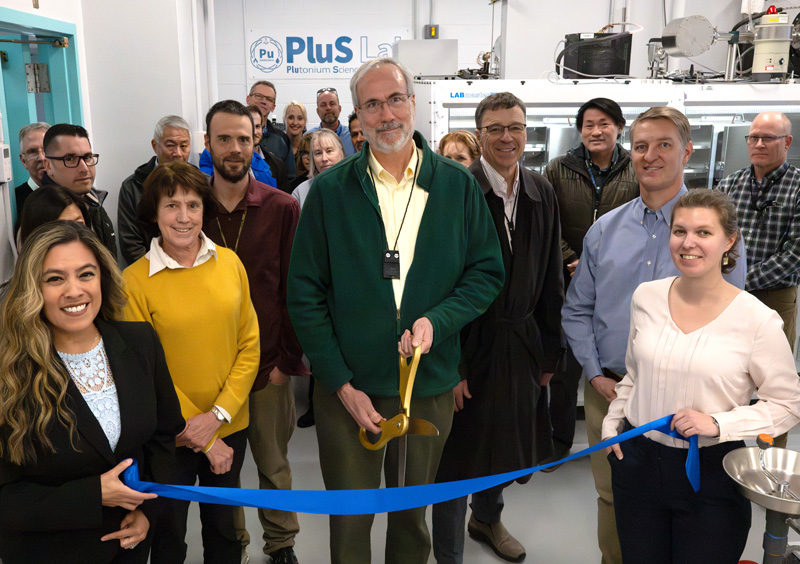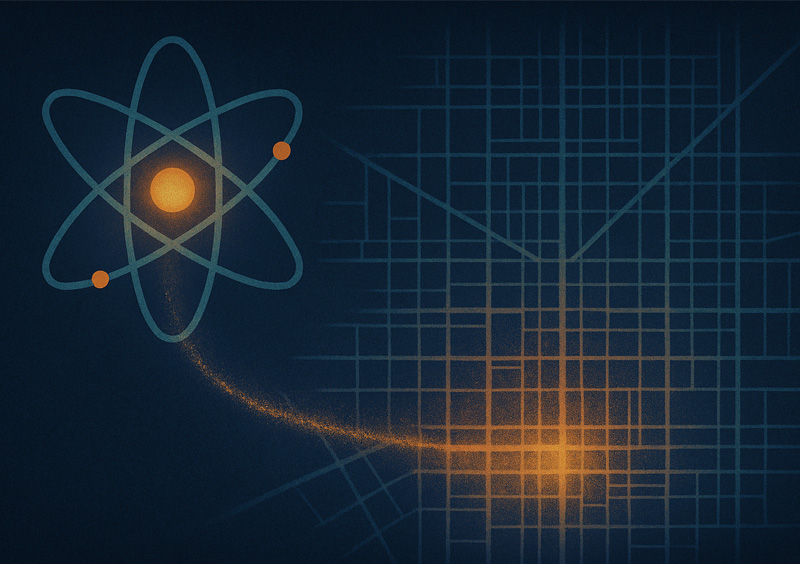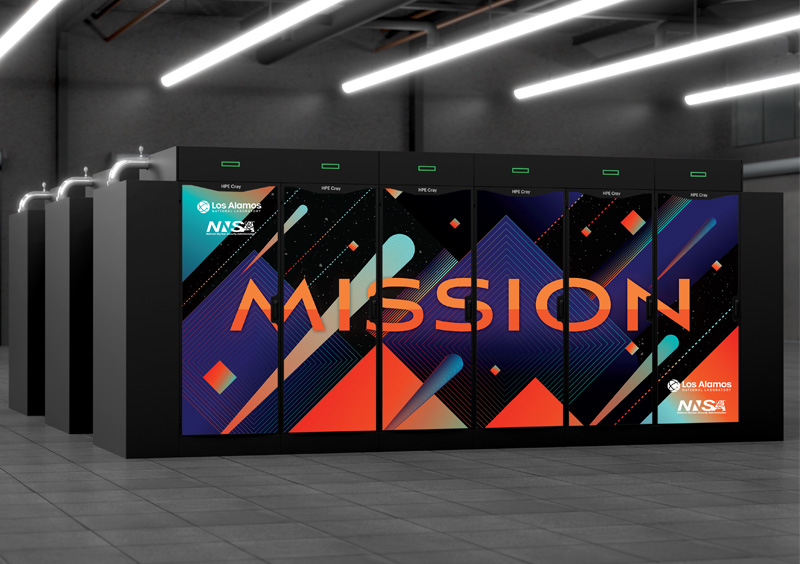Los Alamos National Laboratory is hosting the 30 Years of Quantum Dots at Los Alamos conference in Santa Fe on July 20-24. The meeting will unite pioneering scientists and the next generation of researchers from around the world to examine cutting-edge advancements and chart the future of colloidal quantum dot science — a field the Laboratory helped shape from its inception.
“In the early days, quantum dot research was a niche curiosity explored by a few quantum science enthusiasts. Today, it’s a thriving field with real-world impact,” said Victor Klimov, Laboratory Fellow and founder of Los Alamos’ quantum dot team. “This transformation—from laboratory intrigue to a materials revolution — was powered by the creativity, passion, and perseverance of our team and collaborators over the years.”
Quantum dots — nanoscale semiconductor crystals with size-tunable optical and electronic properties — have transformed technologies in displays, photonics, bioimaging and solar energy conversion. Their journey at Los Alamos began three decades ago as a handful of glass fragments doped with semiconductor particles. Today, the Lab’s quantum dot program stands as a global leader, credited with many of the field’s most influential discoveries, and widely recognized for driving innovation across scientific disciplines and industry applications.
About the conference
The 30 Years of Quantum Dots at Los Alamos conference will provide a platform for retrospection, celebration and future planning. The technical program will cover a wide range of topics, including:
- Synthesis and characterization of colloidal quantum dots,
- Optical and electronic properties,
- Electronic coupling and charge transport,
- Magnetic phenomena,
- Quantum dot photonics,
- Theory of electronic structure, optical response and many-body dynamics, and
- Applications in light-emitting devices, energy and sensing.
Learn more about the conference.
A legacy of leadership and innovation
Los Alamos’ quantum dot research has defined major scientific directions now pursued by labs worldwide. Landmark contributions include the discovery of colloidal quantum dot lasing and carrier multiplication, foundational studies of Auger recombination, spin-exchange effects, energy-transfer phenomena, and the development of luminescent solar concentrator principles and advanced single-dot emitters.
These breakthroughs significantly boosted the Lab’s global reputation in advanced materials science, optoelectronics and energy research, and directly supported major national initiatives. The program played a foundational role in establishing multi-institutional research centers led by Los Alamos, including the Center for Integrated Nanotechnologies and the Center for Advanced Solar Photophysics.
Shaping the future through people and science
The Laboratory’s quantum dot program has also served as a dynamic training ground for emerging scientific talent. Over the past 30 years, it has hosted more than 100 postdocs and students, including 22 Director’s, Reines and Oppenheimer fellows. Alumni have gone on to lead programs in academia, industry and government institutions across the world. More than 20 former group members have continued their careers at Los Alamos as staff scientists and R&D managers, applying their expertise to a broad range of national security challenges.
LA-UR-25-26655
